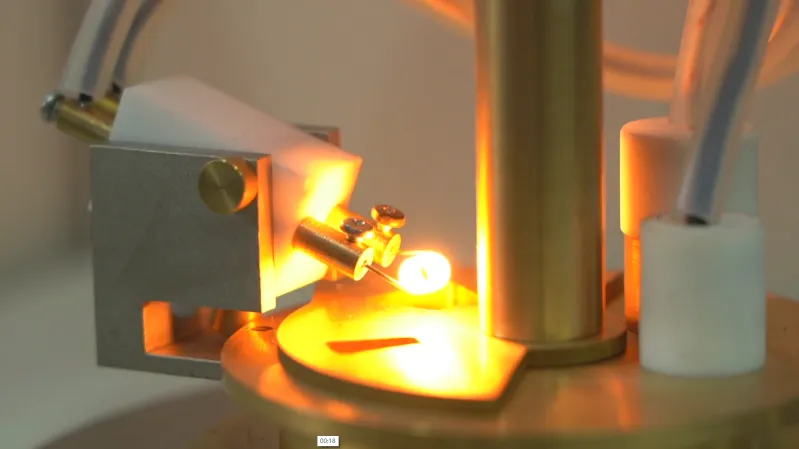 English
English



-
 Afrikaans
Afrikaans -
 Albanian
Albanian -
 Amharic
Amharic -
 Arabic
Arabic -
 Armenian
Armenian -
 Azerbaijani
Azerbaijani -
 Basque
Basque -
 Belarusian
Belarusian -
 Bengali
Bengali -
 Bosnian
Bosnian -
 Bulgarian
Bulgarian -
 Catalan
Catalan -
 Cebuano
Cebuano -
 China
China -
 China (Taiwan)
China (Taiwan) -
 Corsican
Corsican -
 Croatian
Croatian -
 Czech
Czech -
 Danish
Danish -
 Dutch
Dutch -
 English
English -
 Esperanto
Esperanto -
 Estonian
Estonian -
 Finnish
Finnish -
 French
French -
 Frisian
Frisian -
 Galician
Galician -
 Georgian
Georgian -
 German
German -
 Greek
Greek -
 Gujarati
Gujarati -
 Haitian Creole
Haitian Creole -
 hausa
hausa -
 hawaiian
hawaiian -
 Hebrew
Hebrew -
 Hindi
Hindi -
 Miao
Miao -
 Hungarian
Hungarian -
 Icelandic
Icelandic -
 igbo
igbo -
 Indonesian
Indonesian -
 irish
irish -
 Italian
Italian -
 Japanese
Japanese -
 Javanese
Javanese -
 Kannada
Kannada -
 kazakh
kazakh -
 Khmer
Khmer -
 Rwandese
Rwandese -
 Korean
Korean -
 Kurdish
Kurdish -
 Kyrgyz
Kyrgyz -
 Lao
Lao -
 Latin
Latin -
 Latvian
Latvian -
 Lithuanian
Lithuanian -
 Luxembourgish
Luxembourgish -
 Macedonian
Macedonian -
 Malgashi
Malgashi -
 Malay
Malay -
 Malayalam
Malayalam -
 Maltese
Maltese -
 Maori
Maori -
 Marathi
Marathi -
 Mongolian
Mongolian -
 Myanmar
Myanmar -
 Nepali
Nepali -
 Norwegian
Norwegian -
 Norwegian
Norwegian -
 Occitan
Occitan -
 Pashto
Pashto -
 Persian
Persian -
 Polish
Polish -
 Portuguese
Portuguese -
 Punjabi
Punjabi -
 Romanian
Romanian -
 Russian
Russian -
 Samoan
Samoan -
 Scottish Gaelic
Scottish Gaelic -
 Serbian
Serbian -
 Sesotho
Sesotho -
 Shona
Shona -
 Sindhi
Sindhi -
 Sinhala
Sinhala -
 Slovak
Slovak -
 Slovenian
Slovenian -
 Somali
Somali -
 Spanish
Spanish -
 Sundanese
Sundanese -
 Swahili
Swahili -
 Swedish
Swedish -
 Tagalog
Tagalog -
 Tajik
Tajik -
 Tamil
Tamil -
 Tatar
Tatar -
 Telugu
Telugu -
 Thai
Thai -
 Turkish
Turkish -
 Turkmen
Turkmen -
 Ukrainian
Ukrainian -
 Urdu
Urdu -
 Uighur
Uighur -
 Uzbek
Uzbek -
 Vietnamese
Vietnamese -
 Welsh
Welsh -
 Bantu
Bantu -
 Yiddish
Yiddish -
 Yoruba
Yoruba -
 Zulu
Zulu
Application of Potentiometric Techniques in Chemical Analysis and Monitoring Systems
The Potentiometric Method Principles and Applications
The potentiometric method is a widely recognized electrochemical technique employed to measure the potential difference between two electrodes in a solution, thereby allowing for the assessment of ion concentration in various contexts. This method plays a vital role in analytical chemistry, environmental monitoring, and industrial applications, offering precise and reliable measurements.
Fundamentals of the Potentiometric Method
At its core, the potentiometric method involves the use of an electrochemical cell consisting of a reference electrode and an indicator electrode. The reference electrode has a stable and known potential, while the indicator electrode responds to the activity of a specific ion in the solution. The potential difference measured between these electrodes is related to the concentration of the ion of interest, based on the Nernst equation.
The Nernst equation is fundamental to understanding the relationship between ion concentration and potential. It states that the potential (E) of an electrochemical cell is proportional to the logarithm of the ion activity (\(a\))
\[ E = E^0 + \frac{RT}{nF} \ln a \]
Where \(E^0\) is the standard reduction potential, \(R\) is the universal gas constant, \(T\) is the temperature in Kelvin, \(n\) is the number of electrons transferred in the half-reaction, and \(F\) is Faraday's constant. By rearranging the equation and measuring the potential, one can derive the concentration of the ion.
Advantages of the Potentiometric Method
One of the primary advantages of the potentiometric method is its high sensitivity and specificity. It can accurately detect low concentrations of ions, making it invaluable in fields such as environmental monitoring, where pollutants might be found in trace amounts. Additionally, the method is relatively simple and can often be automated, which makes it suitable for routine analysis in laboratories.
potentiometric method

Another significant benefit of the potentiometric approach is its non-destructive nature. Unlike some analytical techniques that may alter or consume the sample, potentiometry allows for the analytes to remain intact, which is particularly advantageous in the study of sensitive biological samples.
Applications of the Potentiometric Method
The applications of the potentiometric method are extensive. In environmental science, it is widely used to monitor groundwater quality by measuring ions like nitrate, phosphate, and heavy metals. This information is critical for assessing pollution levels and ensuring public health safety.
In the field of pharmacology, potentiometry is essential for determining the concentration of various drugs within biological matrices. This data is crucial for ensuring correct dosing and assessing drug efficacy and safety.
Potentiometry is also employed in food and beverage industries to measure pH levels and ionic content, which are vital for quality control and product standardization. For instance, cheese production relies heavily on precise control of pH and ionic strength, both of which can be effectively monitored using potentiometric techniques.
Moreover, in clinical settings, ion-selective electrodes (ISEs) are utilized for routine measurements of electrolytes in blood and urine samples. The accuracy of potentiometric measurements helps in diagnosing and managing several medical conditions, including renal dysfunction and electrolyte imbalances.
Conclusion
In summary, the potentiometric method is a versatile and efficient technique for analyzing ion concentrations across various fields. Its principles, rooted in electrochemical theory, provide a reliable means of obtaining critical data for environmental monitoring, pharmaceuticals, food safety, and clinical diagnostics. As technology continues to evolve, the potentiometric method is likely to see further enhancements, broadening its applications and improving its efficiency, thus cementing its role in modern analytical science.
-
Exploring the Main Types of Industrial Endoscopes and Their Applications Across IndustriesNewsJul.04,2025
-
Testing Equipment Industry Sees Major Advancements in 2025: Smart & Precision Technologies Lead the WayNewsJun.06,2025
-
Applications of Direct Current Generators in Renewable Energy SystemsNewsJun.05,2025
-
Hipot Tester Calibration and Accuracy GuidelinesNewsJun.05,2025
-
Digital Circuit Breaker Analyzer Features and BenefitsNewsJun.05,2025
-
Benefits of Real-Time Power Quality Monitoring Devices for Industrial EfficiencyNewsJun.05,2025



